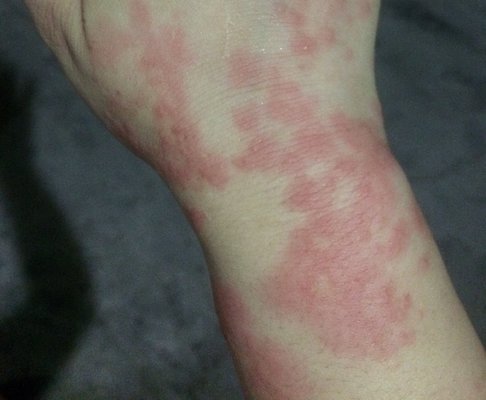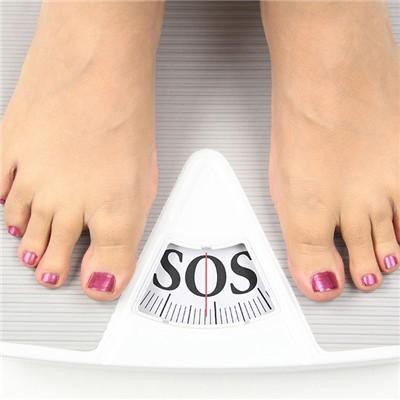Symptoms of rubella
summary
Rubella is an acute respiratory infectious disease caused by rubella virus (RV), including congenital infection and acquired infection. Clinically, it is characterized by short prodromal period, low fever, rash and enlargement of retroauricular and occipital lymph nodes. Generally, the disease is mild, the course of disease is short, and the prognosis is good. However, rubella is very easy to cause outbreaks of infection, which can occur all year round, most of which occur in winter and spring. The susceptible age is mainly 1-5 years old, so the epidemic is more common in preschool children. Symptoms of rubella? Let's talk about it
Symptoms of rubella
The prodromal period lasted for 1-2 days, with mild upper respiratory tract symptoms such as low fever, or moderate fever, headache, loss of appetite, fatigue, cough, sneezing, runny nose, sore throat, conjunctival congestion, occasionally vomiting, diarrhea, epistaxis, gingival swelling, etc. rose or hemorrhagic rash could be seen on the pharynx and soft palate of some patients, but without rough buccal mucosa, congestion and mucosal spots.

The rash usually appears 1-2 days after fever. The rash first appears in the face and neck, rapidly expands the trunk and limbs, and covers the whole body within 1 day, but most of the palms and soles are free of rash. The initial appearance of the rash was a fine spot like reddish spot, macular papule or papule with a diameter of 2-3mm. The rash on the face and distal extremities is sparse, and part of the rash is similar to measles. The skin rash on the trunk, especially on the back, is dense and confluent, similar to scarlet fever. Trunk rash generally lasts for 3 days (1-4 days) subsided, also known as "three-day measles". Can have ear, pillow, neck lymph node swelling, conjunctivitis, or with joint pain (arthritis) and so on.

Rubella patients had fever, upper respiratory tract inflammation, lymph node swelling and pain, but no rash; It can also be infected with rubella virus without any symptoms, signs, serological examination of rubella antibody positive, that is, the so-called subclinical infection or patients. The proportion of patients with dominant infection and patients without rash or latent infection was 1:6-1:9.

matters needing attention
Rubella vaccine can be monovalent (only for one pathogen) or combined with other vaccines, such as measles (MR), measles and mumps (MMR) or measles, mumps and varicella (mmrv).













